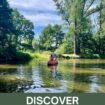
Go World Travel is reader-supported and may earn a commission from purchases made through links in this piece.
The Czech Republic remains one of the countries in Europe where people still understand the value of free time. In Czechia, as it is now called by the Czech government, by five o’clock on Friday, the business districts in Prague and Brno are deserted. People are swarming the trains and buses to get out of town and into nature.
The Czech Republic is embraced by the Ore Mountains in the northwest, bordering Germany, and the Giant Mountains along its Slovakian border. Then there are the Moravian-Silesian Beskids hills next to Poland and the Bohemian Forest hills, known as Šumava, in the south.
Czechia offers a variety of possibilities for winter and summer outdoor recreational activities and cultural festivities. Compared to its giant neighbors, Poland and Germany, the Czech Republic is far less densely populated. In addition, it is much better connected and yet resistant to accepting the hectic lifestyle of the digital age.
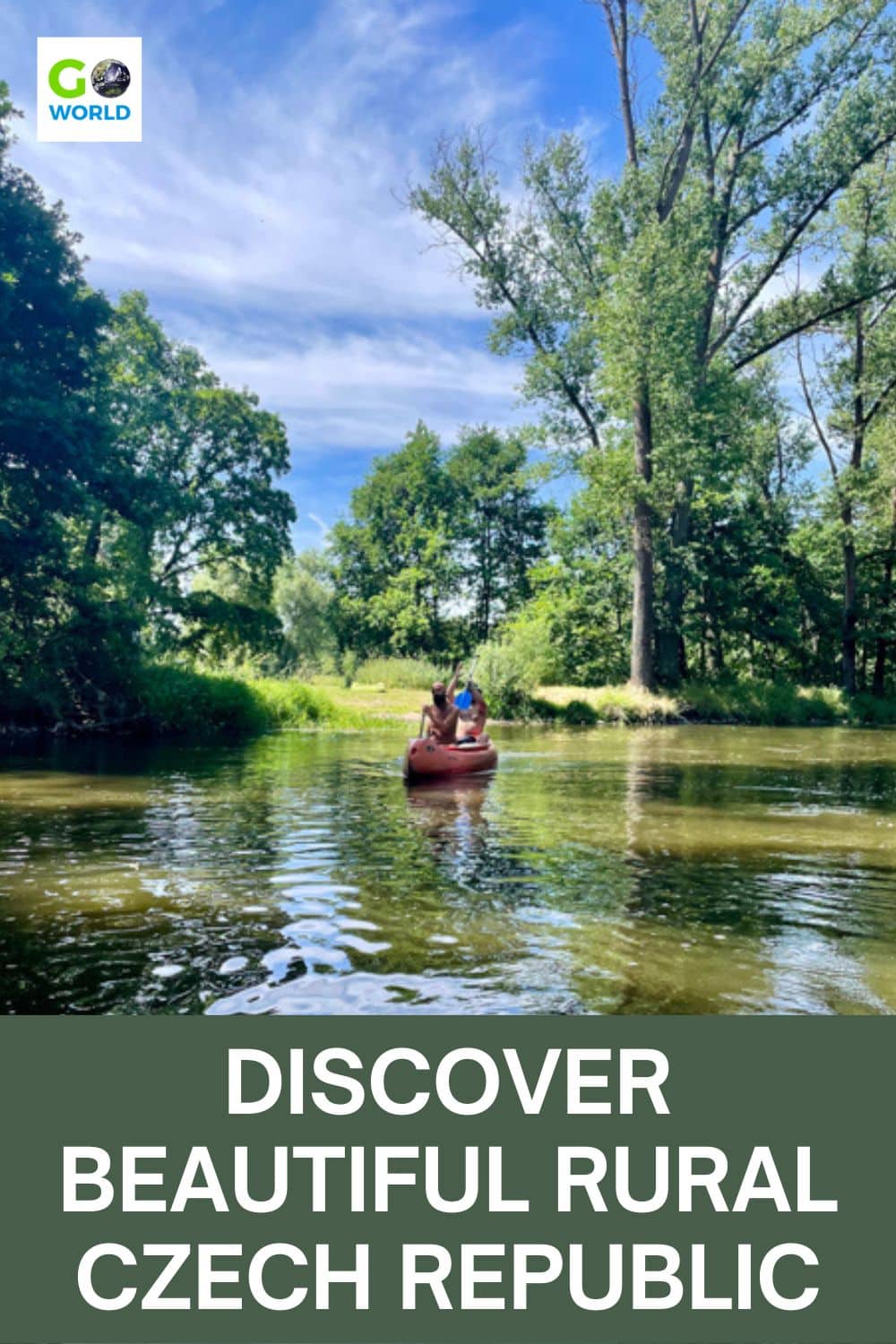
Weekend getaways in Czechia provide its digi-nomads with activities ranging from canoeing and bicycling to trekking and skiing. When traveling in the Republic, it is easy to assume that Czech children learn to ride bicycles and ski before they know how to walk. And the assumption is that a child who can walk can also carry his rucksack up a mountain.
The history of the Republic makes the Czechs proud of their culture. When traveling outside the metropolitan areas, one cannot avoid cultural exposure. Czechs are careful about the preservation of their language, costumes, wine and, of course, beer. The Republic applied for UNESCO recognition for its beer-drinking culture in 2022. Judging by the popularity of after-work beers, the application should be taken seriously.
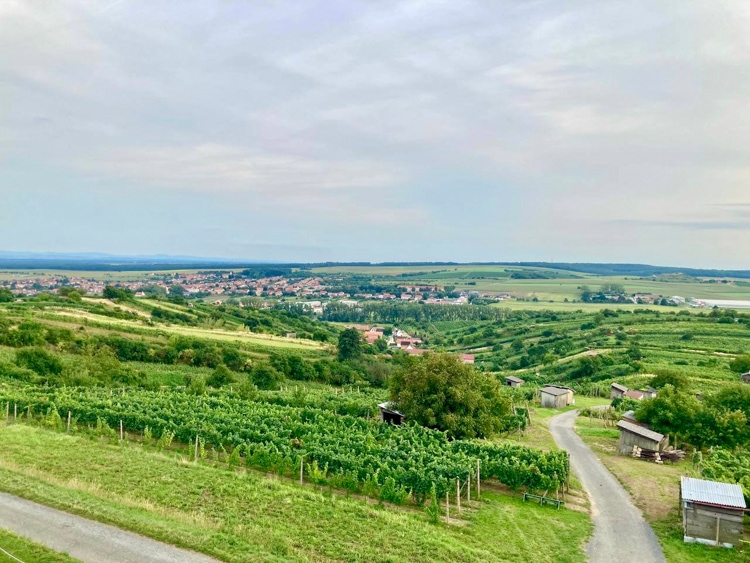
Accommodations and Getting Around the Czech Republic
Unlike Prague, which is plagued by expensive hotels and AirBnB hosts, Czechia’s countryside offers a more reasonable price range for accommodation. Notwithstanding the two larger metropolitan areas, Prague and Brno, the Republic, with its roughly ten million people, is still quite modestly populated. It is easy to move around by train and bus.
AirBnB works just as well outside urban areas. Plus, it is easy to find more traditional hospodas, which offer a front-row seat for enjoying the famous inn culture of the Republic.
Alongside trekking routes, one can find designated campsites. On some occasions, more basic camping is allowed, free from the disturbance of caravans or masses of people that camping infrastructure tends to attract.
Traveling around Czechia is best done by train. The trains operate punctually on schedule and cover the whole country, including the smaller villages. The cars are well-equipped with toilets and restaurants, and the tickets are affordable. The only downside is that sometimes covering a seemingly short distance may take painstakingly long, as some trains stop at nearly every house on the way.
Book your accommodations in Prague here
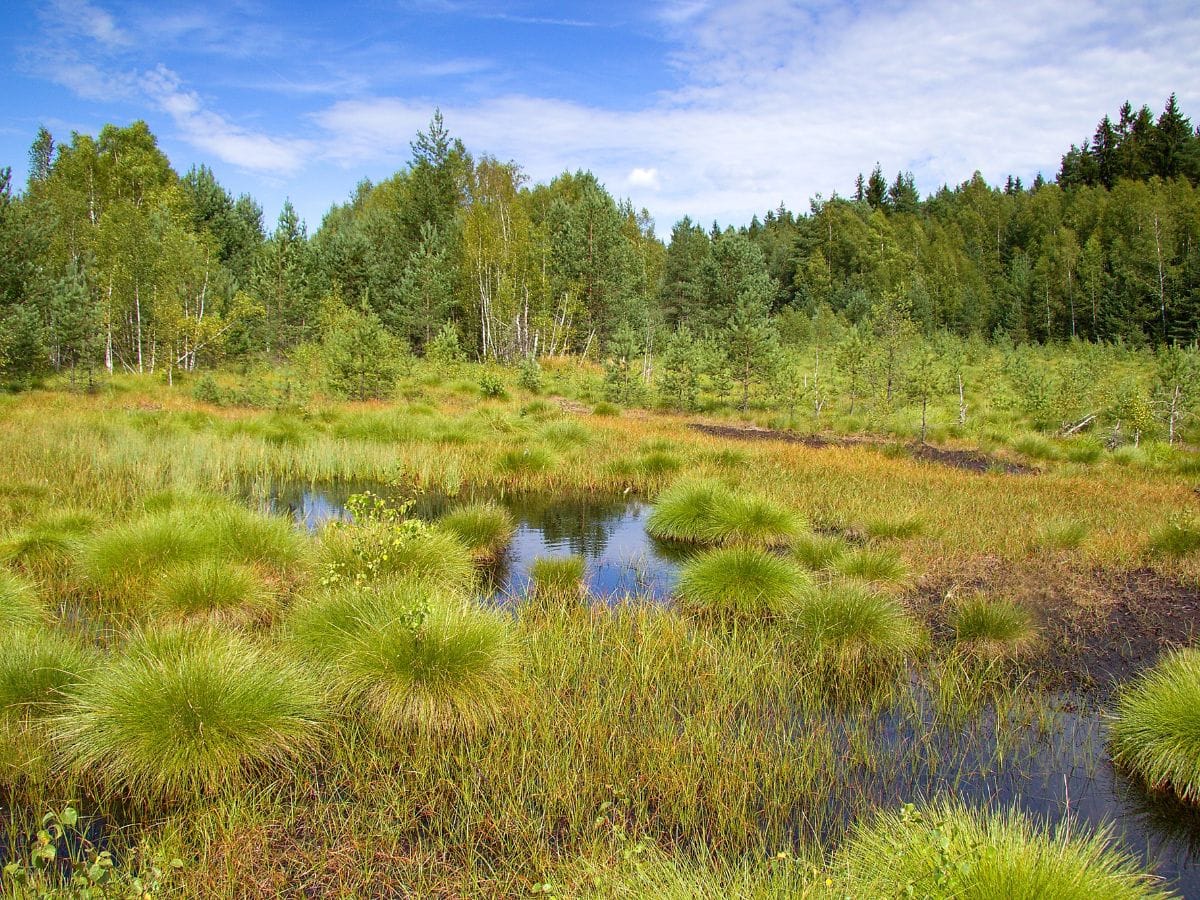
A Walk Through the Countryside Activities
The Czech Republic offers a host of possibilities outside the well-traveled Prague and its tourist-occupied beer bars. Here are some tips on what to look for.
In the Bohemian Forest, known as the Šumava in Czechia, a traveler can experience the great outdoors on foot or bike. During the winter, it is possible to do cross-country skiing on its hills. Šumava is a national park running along the German border in the south region. It is easily accessible from Prague by train. The center for activities is at the north tip of Lake Lipno, the “Czech Sea”, where the Vltava river flows from Prague.
The national park offers rolling hills, small lakes, rivers and ponds. It also used to be a forestry area, and the woods contain the old canals used for driving the logs down from the hills. On a Friday, the train from Prague to Šumava is filled with people clinging onto their gravel bikes, or rucksacks, with one hand while holding a Pilsner pint with the other. The weekend has started, and the corporate drone life in one of the Prague or Brno offices is already a distant memory.
Best Tips & Tools to Plan Your Trip
Trekking
The station at Horní Platá, near Lake Lipno, is where most passengers disembark the train. In the summer, it is warm, and some continue directly to a nearby terrace to continue where they were left on the train’s restaurant car. After all, tomorrow is only Saturday—plenty of time still. Others pick up their kits and follow the signposts alongside the road leading from the station to the trekking trails.
On one visit, we followed a trail to a mountain lake and camped for a night at one of the “emergency” camping sites, where pitching a tent is allowed. That night, we were approached by some Czech boys playing music at the site.
These teenage boys had been hiking for several weeks in Austria and Czechia. It seems trekking is like a coming-of-age rite for the Czech children. Later, we saw the same gang sitting at a roadside café with an old-timer, who offered his house for them to use as lodging.
On our second night, we are tempted by a cozy hospoda in a nearby village with steaming hotpots and foaming pints. However, in the end, we opt for sleeping outside again. It is perfectly safe to camp near the villages or in the woods.
The day dawns with chirping birds and humming bees around our campsite. Three days later, we arrive at our destination, some 50 miles away from our starting point, to catch a train back to Prague.
I am impressed by the combination of the feeling of remoteness in Šumava and the level of infrastructure made available. In Czechia, it is possible to walk into a fully furnished bar in the middle of the woods. However, the border with Germany is infested with tourist traps that one wants to carefully avoid.
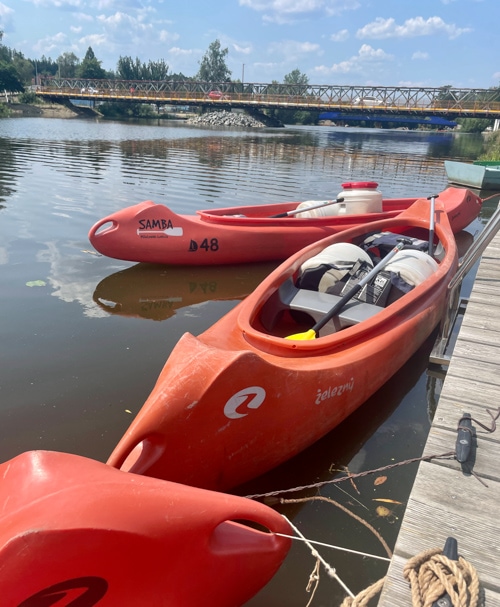
Canoeing
Canoeing in Czechia is one of the most popular leisure activities during the summer. Friends get together and take the train to one of the rivers and rent canoes. These are often Indian-style canoes that you paddle from two sides.
The rivers used for canoeing have small rapids to negotiate, so it’s advised to decide the level of difficulty beforehand. However, the rivers also accommodate those who prefer to take it easy and enjoy time together without much emphasis on heavy paddling.
Camping sites regularly dot the riverbanks. In some places, there are even barboats floating around the calmer parts of the river. On Sundays, the restaurant cars on the trains heading back to Prague are filled with Czechs singing songs and sharing memories from the past days as they return from their weekend escapades.
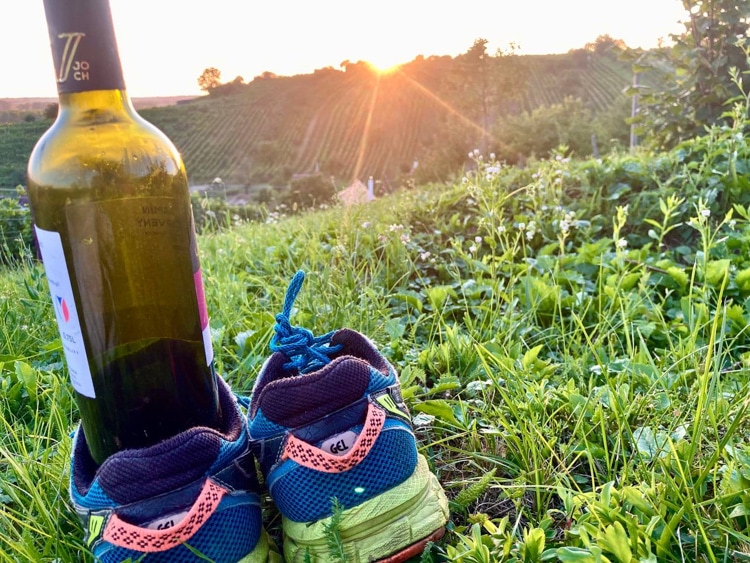
Romantic Moravia
Moravia, located in the southeast part of the country, has long held a romantic image in this traveler’s heart. Some place names simply have that impact. During the fall season, the picturesque nature in Moravia attracts visitors eager to join one of its young wine festivals.
The Czech dialect spoken there is different from Prague and a little closer to the Polish language. The capital of Moravia is Brno, the second largest city in the country. When traveling to Moravia from Prague, one almost inevitably passes through it. The trains to Brno depart nearly every thirty minutes from Prague and take about two and a half hours. And yes, there is usually a restaurant car on the train.
Another way to approach the region is through Vienna, Austria. From Vienna, the train brings you to the region in less than two hours.
Moravia consists of traditional villages among the rolling hills, where the Czech vineyards are located. The people there are proud of their roots, and it is not uncommon to see semi-serious graffiti advocating independence for the region.
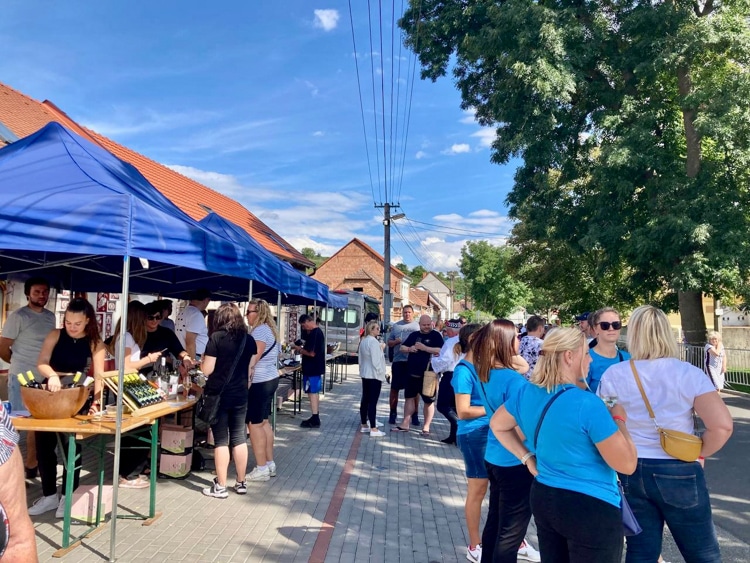
Wine Festivals
For our purposes, we had to switch trains in Brno to get to Mutěnice, where a two-day wine festival was taking place. The festivals are very popular among the Czechs, and one needs to book in advance. We found a private accommodation provider who hosted us in the old part of the village where the magic happens.
For two consecutive days, the good people of Mutěnice opened their basements for the public to drink their wine and engage in endless talks about viticulture. Meanwhile, the main square is full of wine and food stands.
Poetry readings are held, and songs are sung. The festivals are very much about bringing the community together, but also to attract tourists from other parts of the country. In addition, it is also the first tasting of the young wine, Burčák, which is prone to inflicting a headache of an apocalyptic scale if consumed in large amounts.
With its rolling hills and vineyards, Moravia also offers ideal grounds for road biking and trekking. A gravel bike is a perfect means of transport between the idyllic Moravian villages. The villages are full of charming roadside inns, luring passersby for a glass of local produce.
Late summer and early fall are the best times to travel to Moravia. This is when the temperature during the day is not too hot and the nights are still lit and warm enough to sit outside on a romantic picnic among the vineyards.
If You Go
- Information on the national park in Šumava: https://www.npsumava.cz/en/
- A river map for canoes: https://www.vodackanavigace.cz
- The official Czech railway’s site: https://www.cd.cz/en/spojeni-a-jizdenka/
- Visit the Czechia website for visitor information: https://www.visitczechia.com/en-US/Blog
- A vlog for Prague’s do’s and don’ts: https://www.youtube.com/@HONESTGUIDE/videos
Author’s Bio: Juho Kääriäinen is a lifetime globetrotter and a former Finnish restaurant chef, who went into cultural studies. Currently, Juho is working on a dissertation while living and traveling in Central Asia.
- Fiddle, Flutes & Pubs: A Musical Journey Through Northern Ireland & County Donegal - July 14, 2025
- Tokyo vs. Osaka: The Ultimate Face-Off for First-Time Visitors to Japan - July 14, 2025
- When Is the Best Time to Visit Iceland? Find Your Perfect Month for Budget, Weather, and Activities - July 14, 2025

